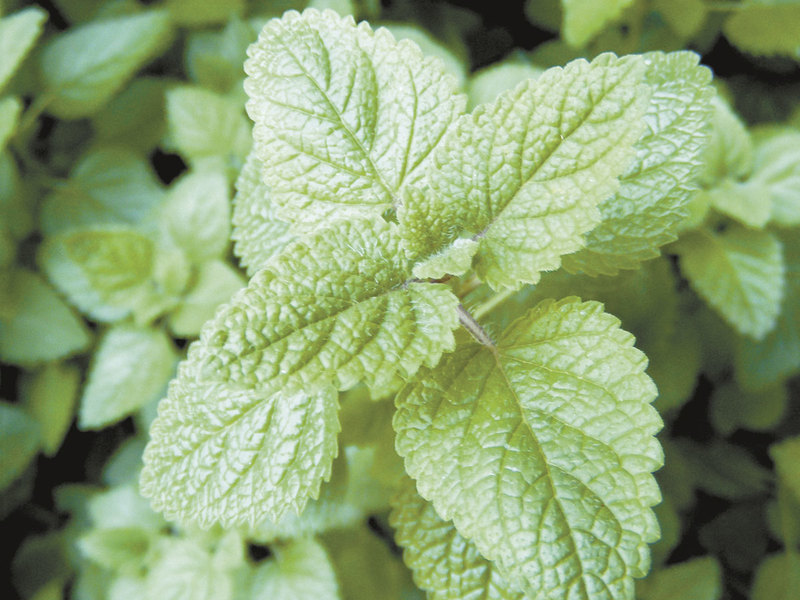Francis Bacon commented that people have discovered that they can fool the devil, but they can’t fool the neighbors. Inquisitive or busybody, handy or just helpful, nothing beats having great neighbors. One Mrs. Clifton of Carlsbad, N.M., was one such good neighbor. An avid gardener, she shared some of her heirloom basil seeds with Janet Ann Burns. This basil was different. Not only did it do well in the summer heat and grow right through droughts, this basil had the strong, distinct aroma of lemons.
Mrs. Burns shared seeds with her son, one of the founding members of the preservation society Native Seeds/SEARCH. Soon “Mrs. Burns’ Basil” (Ocimum basilicum) entered the seed world with its unique pink flowers. At two feet tall, it is a bit taller than most basils, but can still be grown in a pot. The large, bright-green leaves have not just a hint of lemon, but a true deep, intense lemon flavor and aroma. This is the tallest, fastest-growing and most vigorous variety from our basil selection.
In the fall, uproot whole plants, rinse the soil from the roots, and hang the entire basil plant upside down in a cool, dark place such as a porch or garage. Let them dry slowly, then carefully strip off the leaves and store them in airtight cans or jars.
For a real summer treat, add a handful of the chopped fresh leaves into your hamburger patty mix. It also goes well with chicken and, of course, fish. Add basil at the very end of cooking so you retain the most flavor and best texture.
Plant Mrs. Burns’ Lemon Basil seeds directly in the garden a week of two after the last frost. You can also start it indoors six to eight weeks before transplanting.
The seeds germinate in five to 15 days. Once the plants are up and growing, pinch the central stem of the plant back a few times during the summer to keep the plant bushy and encourage more side shoots. Poor soil ironically makes the plant more intense, as it seems to concentrate the essential oils and flavors.
While it prefers full sun, it will tolerate some shade. If your Mrs. Burns’ Lemon Basil blooms, you can enjoy the blooms and collect the seeds, but for best yields keep the blossoms pinched off.
Nails, slugs and insects like beetles might attack your basil, but usually it is trouble free. Indoors you may get aphids. You will find them on the undersides of new leaves. Simply spray them off with a strong jet of water in the sink.
Seeds for Mrs. Burns’ Lemon Basil are available at many garden centers or from Seed Savers Exchange (www.Seedsavers.org, 3094 North Winn Road, Decorah, Iowa 52101; 563-382-5990) or Native Seeds Search (866-622-5561).
Once you grow Mrs. Burns’ Lemon Basil it is sure to become a staple in your garden. Its deep lemon aroma will enhance your cooking and the plant itself is pretty enough to keep in a mixed border. Save your own seeds and store them in a cool, dry place. With 15,000 seeds in an ounce, a single plant will give you seeds for a big garden and perhaps even seeds to share with friends and especially to share with a neighbor. Mrs. Clifton would be proud.




















































